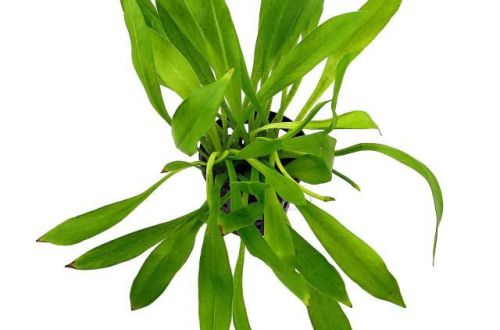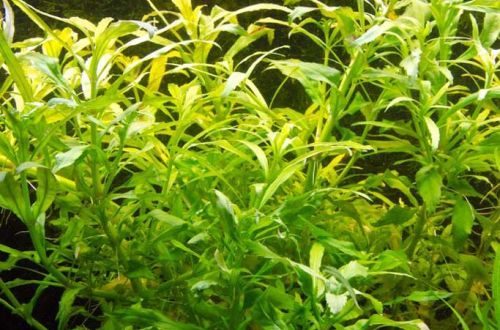
Echinodorus grandiflorum
Echinodorus grandiflora, scientific name Echinodorus grandiflorus. In the literature on aquarium plants, this name is largely collective, which is used for different types of echinodorus. Echinodorus floribundus and Echinodorus palifolius are most often supplied under this name. In turn, the true Echinodorus grandiflorus is practically not used as an ornamental plant.

Originally from South America from the tropical and subtropical climatic zones. In nature, it grows on muddy wet soils along the banks of rivers along the southeast coast of the continent from Brazil to Argentina. Such a wide range of growth makes this species the second most common after Echinodorus Berter.
Echinodorus grandiflora is a large marsh plant, growing to a height of more than a meter, with a thick creeping rhizome, oval leaves on long petioles, collected in a rosette. The leaf blade is dense smooth bright green. In a favorable environment, it blooms with large white flowers (up to 4 cm in diameter), located on a long flowering stem.
Able to grow under water on a permanent basis without harming the plant. But in the underwater state it grows noticeably smaller, but still remains quite large (up to 50 cm high) for use in aquariums. The leaves become lanceolate and often have a reddish-golden hue with a pattern of red-brown speckles.
It is a hardy and unpretentious plant, capable of growing in unheated tanks, open ponds and can withstand temperatures as low as near freezing.





